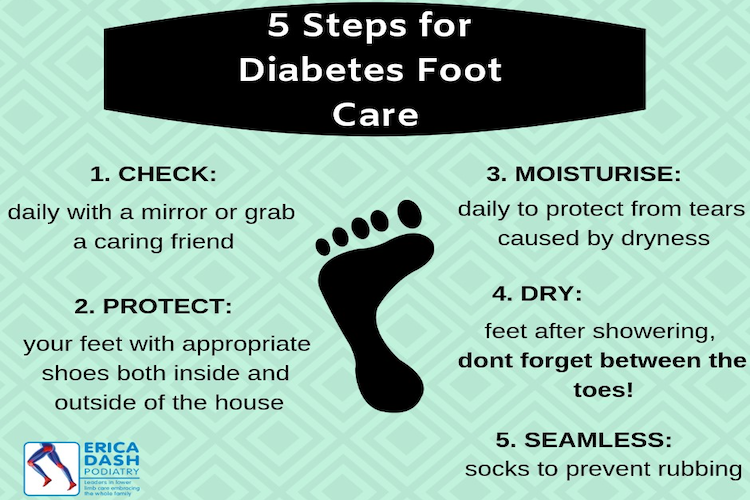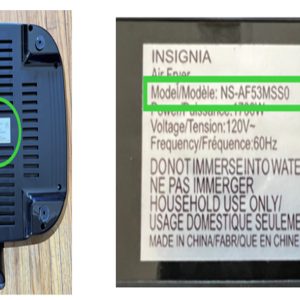For individuals with diabetes, meticulous foot care is critical due to increased risks of infection and slow healing. Protecting your feet and nails prevents serious complications. Follow these five essential steps:
1. Perform Daily Foot Inspections
Thoroughly examine your feet every day, including the tops, soles, heels, and especially between the toes. Use a mirror or ask for help if necessary. Look for:
- Cuts, cracks, blisters, or bruises
- Redness, swelling, or unusual warmth
- Ingrown toenails, calluses, or corns
- Changes in nail color or thickness
Report any abnormalities to your healthcare provider immediately.

2. Practice Safe Nail Trimming
- Trim nails straight across using clean, sharp nail clippers designed for toenails. Avoid rounding the corners.
- Never cut nails too short. File the edges gently with an emery board.
- See a podiatrist regularly for professional nail care if you have neuropathy, poor circulation, or difficulty trimming safely yourself.
3. Maintain Excellent Hygiene & Moisture Balance
- Wash feet daily with lukewarm water and mild soap. Test water temperature with your elbow.
- Dry feet thoroughly, especially between the toes.
- Apply a thin layer of diabetic-friendly moisturizer to tops and soles daily, but never between the toes to prevent fungal growth.
4. Wear Appropriate Footwear & Check Inside
- Always wear clean, dry socks (cotton or moisture-wicking blend without tight elastic) and proper-fitting shoes, even indoors.
- Check the inside of your shoes for debris, rough spots, or torn linings with your hand before putting them on.
- Choose shoes with adequate support, cushioning, and a wide toe box.
5. Manage Blood Sugar & Seek Regular Checks
Sustained high blood glucose damages nerves (neuropathy) and blood vessels (poor circulation). Consistently manage your blood sugar levels as advised by your doctor. Schedule regular foot exams with your healthcare provider or podiatrist, at least annually or more frequently if recommended. Never ignore any foot concerns.












